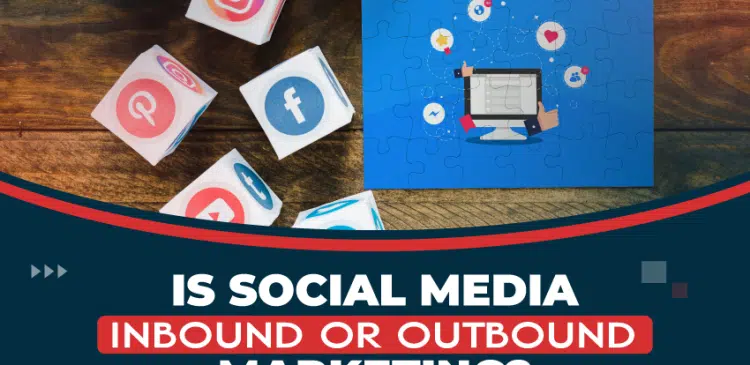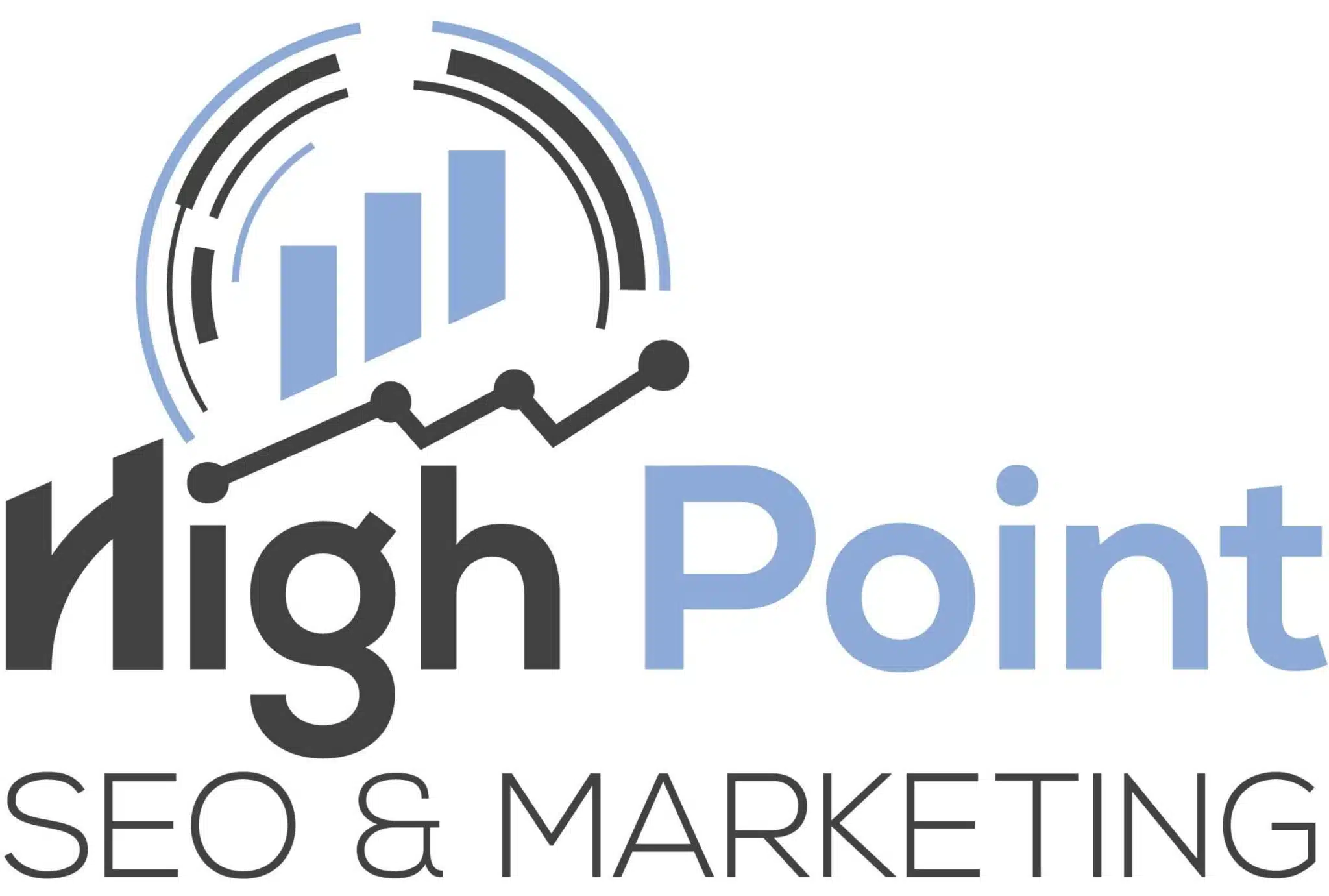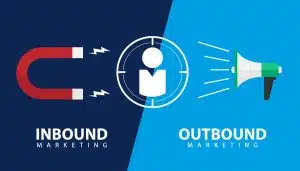Is Social Media Inbound or Outbound Marketing?

Facebook, Twitter, Linked In, and Instagram are some of the most powerful tools businesses use to plan their marketing strategies today. These platforms are populated by brands always seeking to reach their target consumers. However, social media usage as an inbound or outbound marketing tool is subject to a particular controversy. This article takes an evaluative stance on the debate.
What is Inbound and Outbound Marketing?
Before focusing on the use of social media, let us give a brief overview of inbound and outbound marketing.
Inbound Marketing
With inbound marketing, the primary goal is to develop content relevant to your target persona. The idea is to get them used to your brand naturally instead of being interrupted by ads. The three main inbound marketing channels are content marketing, SEO, and social media.
Outbound Marketing
Outbound is conventional marketing where the brand initiates communication with the client through advertisements, calls, purchasing email lists, and brochures, among others. With outbound marketing, the customer has never interacted with the brand before. The engagement is one-way.
We will review how social media supports inbound marketing and persuading consumers, creating awareness and trust among them.
Social media exhibits some critical characteristics of inbound marketing:
Building Brand Awareness Organically
Blending the brand into social platforms without advertising is essential. This way, brands can reach out to those interested in the advertised products without having to impose on their timelines.
The value chain is how a business delivers value to customers, attracting their attention to specific services and goods.
Social media delivers the brand’s knowledge value and relevant content in the way of how-to guides, opinion leaders, and amusements that are useful for the audience. It also brings those who want that information to the brand.
Two-Way Communication
While outbound marketing is still prevalent, social media offers conversations where a brand can talk directly with its readers– brand dialogues for creating engagement, taking feedback, and running polls to get top-notch customer experience.
Lead Generation
Brand page visitors and those engaging the content are good points of contact to cultivate leads. Social media plays a significant role in generating inbound leads through content.
How Social Media Supports Outbound Marketing

Social platforms also have some outbound marketing characteristics:
Paid Advertising
Though organic reach derives the inbound growth, the brands can feed the social channels with paid ads targeting the outside world using these platforms’ targeting options. This appears more outbound.
Automated Messaging
Such platforms allow brands to converse and send messages to their audience similarly to preprogrammed texts. This kind of passive involvement looks more like disruptive outbound strategies.
Promotions to Drive Sales
Many times, brands use social posts with offers to buy. Incorporations as such tactical calls-to-action demonstrate the more outbound-oriented type of marketing.
Is Social Media Inbound or Outbound Marketing?
Analyzing both aspects, it can be concluded that social platforms contain elements of both inbound and outbound marketing. Nevertheless, at its heart, social media is still closer to inbound.
Being entertaining and exciting and providing content that resonates with the target audience, as opposed to directly selling the product, yields lasting results on social networks. Therefore, using mainly interruption-based outbound methods, brands receive a relatively weak response and can even be rejected by the community.
However, all paid advertisements depend on the interest from the inbound content for them to be effective. Outbound is only effective when there is present inbound traction on social platforms.
Thus, social media can foster parts of both, but does a vital job at correctly enabling inbound marketing for brands. The inbound approach is more sustainable in terms of success.
Conclusion
While eradicating the typical demarcations between these two forms of marketing, social platforms allow for inbound marketing in brand creation while providing outbound marketing tools for sales. This makes it even more critical for brands to put additional effort on creating value for their audience first, because of the interactional properties of social media. Therefore, social media is a proper inbound channel of digital marketing tactics in the present society. Those brands who will incorporate this inbound strategy will be the most successful to invest in these platforms.


 Bill Yeager, Co-Owner of High Point SEO & Marketing in CT
Bill Yeager, Co-Owner of High Point SEO & Marketing in CT